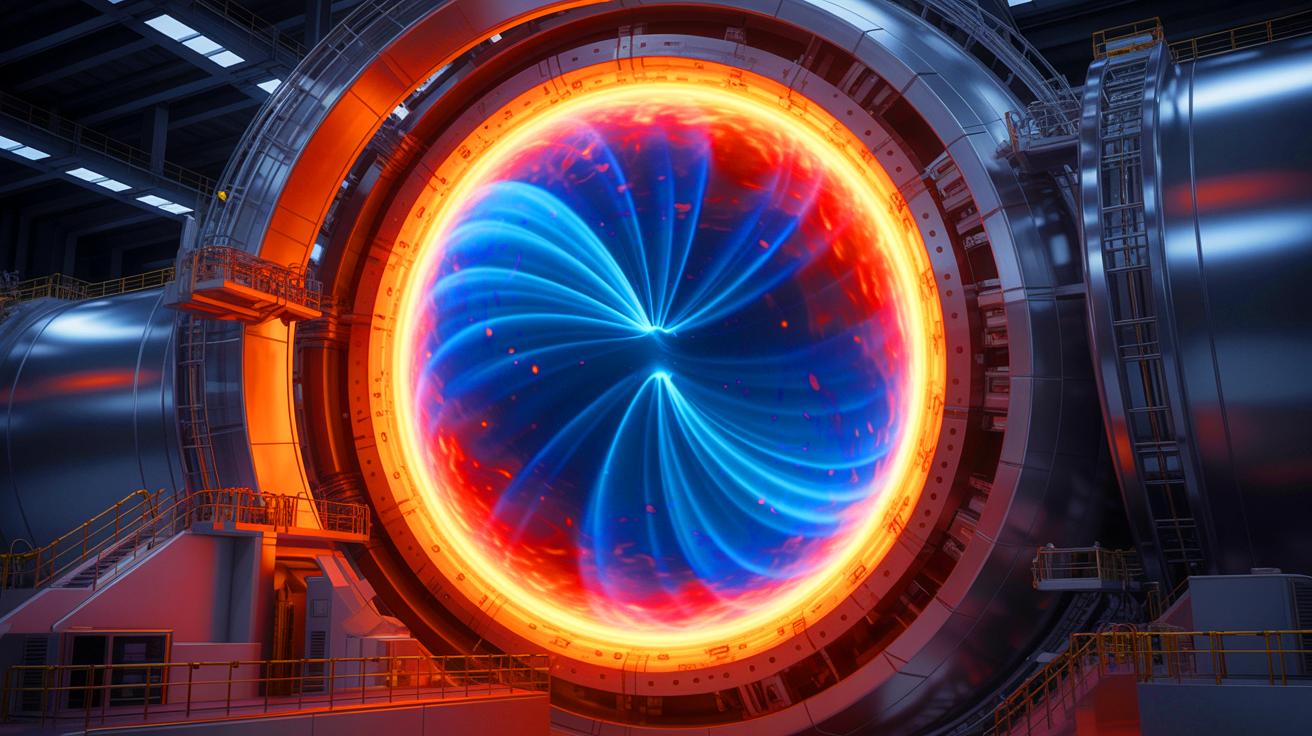Revolutionizing Fusion: Unlocking Cosmic Mysteries and Future Energy Solutions
Key Ideas
- Scientists at Wendelstein 7-X have achieved a major milestone by generating high-energy helium-3 ions through innovative ion cyclotron resonance heating, advancing fusion research.
- The breakthrough not only propels us closer to practical fusion reactors but also sheds light on solar phenomena, potentially explaining helium-3-rich clouds in the sun's atmosphere.
- The successful collaboration within the Trilateral Euregio Cluster and the utilization of ion cyclotron resonance heating have paved the way for a cleaner and sustainable energy future.
- This groundbreaking achievement not only revolutionizes fusion energy prospects but also offers insights into cosmic phenomena, showcasing the interconnectedness of fusion science with the universe.
In a monumental breakthrough, scientists at the Wendelstein 7-X facility have achieved a historic milestone in nuclear fusion research. By generating high-energy helium-3 ions using ion cyclotron resonance heating, they have taken a significant step towards future fusion power plants. The implications of this achievement go beyond earthly energy solutions, offering insights into cosmic phenomena and the workings of the sun. The ion cyclotron resonance heating technique accelerates helium-3 ions efficiently, sustaining super-hot plasma conditions necessary for continuous fusion reactions.
The successful generation of high-energy helium-3 ions not only demonstrates the potential of stellarators for future energy solutions but also provides a platform for understanding fundamental plasma physics. This breakthrough is a result of international collaboration under the Trilateral Euregio Cluster, showcasing the strength of global scientific partnerships.
Furthermore, the research at W7-X has unveiled resonant processes that might explain some of the sun's mysterious behaviors, such as the formation of helium-3-rich clouds in the solar atmosphere. These discoveries not only contribute to the development of sustainable energy sources but also offer unexpected insights into the cosmos.
The advancements at W7-X signify a major leap towards achieving sustainable fusion energy. By overcoming challenges in plasma containment and maintaining high-energy conditions, practical fusion reactors are becoming increasingly feasible. This progress highlights the importance of shared knowledge and resources in advancing fusion research and the potential for clean, unlimited energy sources in the future.
Topics
Power
Innovation
Research
Sustainable Energy
International Collaboration
Energy Solutions
Nuclear Fusion
Plasma Physics
Solar Phenomena
Latest News
